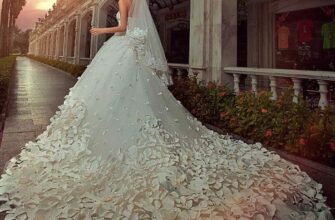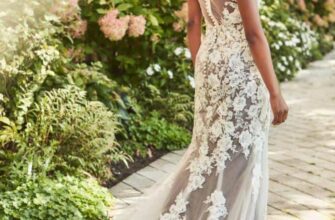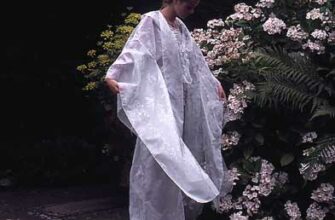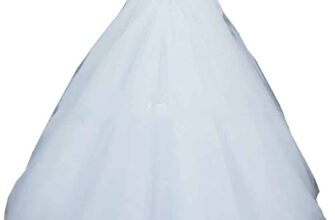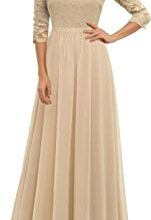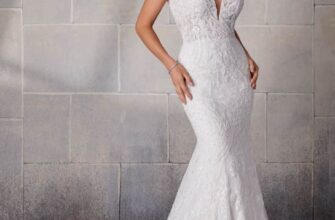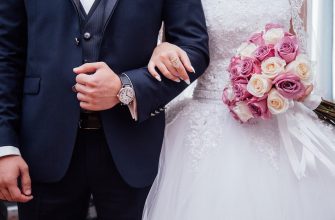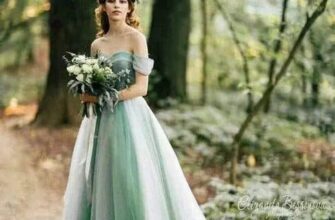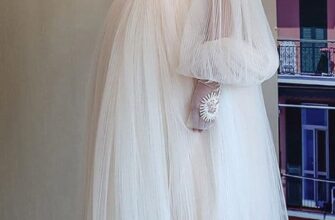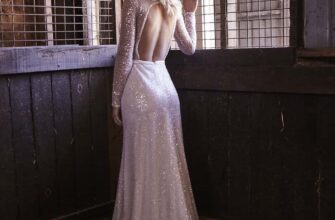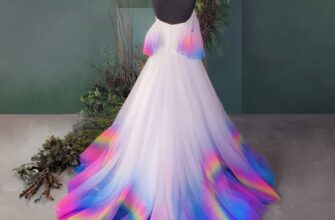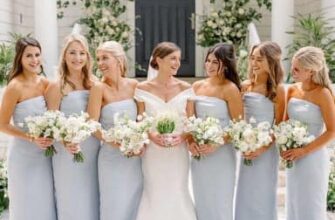The average cost of a wedding dress can vary widely, but there are some factors to keep in mind. The materials used to make a dress can significantly impact the cost. For example, silk is more expensive than polyester. You’ll also want to consider how much beading, corsets, and alterations will cost.
Cost of materials
A wedding gown can range in price, depending on the materials used. The most expensive fabrics for a dress are silk and polyester/satin. The design elements, fabrics, and embellishments used will determine the final cost. Prices can be anywhere from thousands of dollars to several tens of thousands.
Besides the design, beading can add a significant amount to the cost of a wedding dress. There are many different types of beading and the process can be time consuming and expensive. For example, beading in a 3D pattern requires very fine and detailed work. Another type of beading involves placing sequins on plain lace.
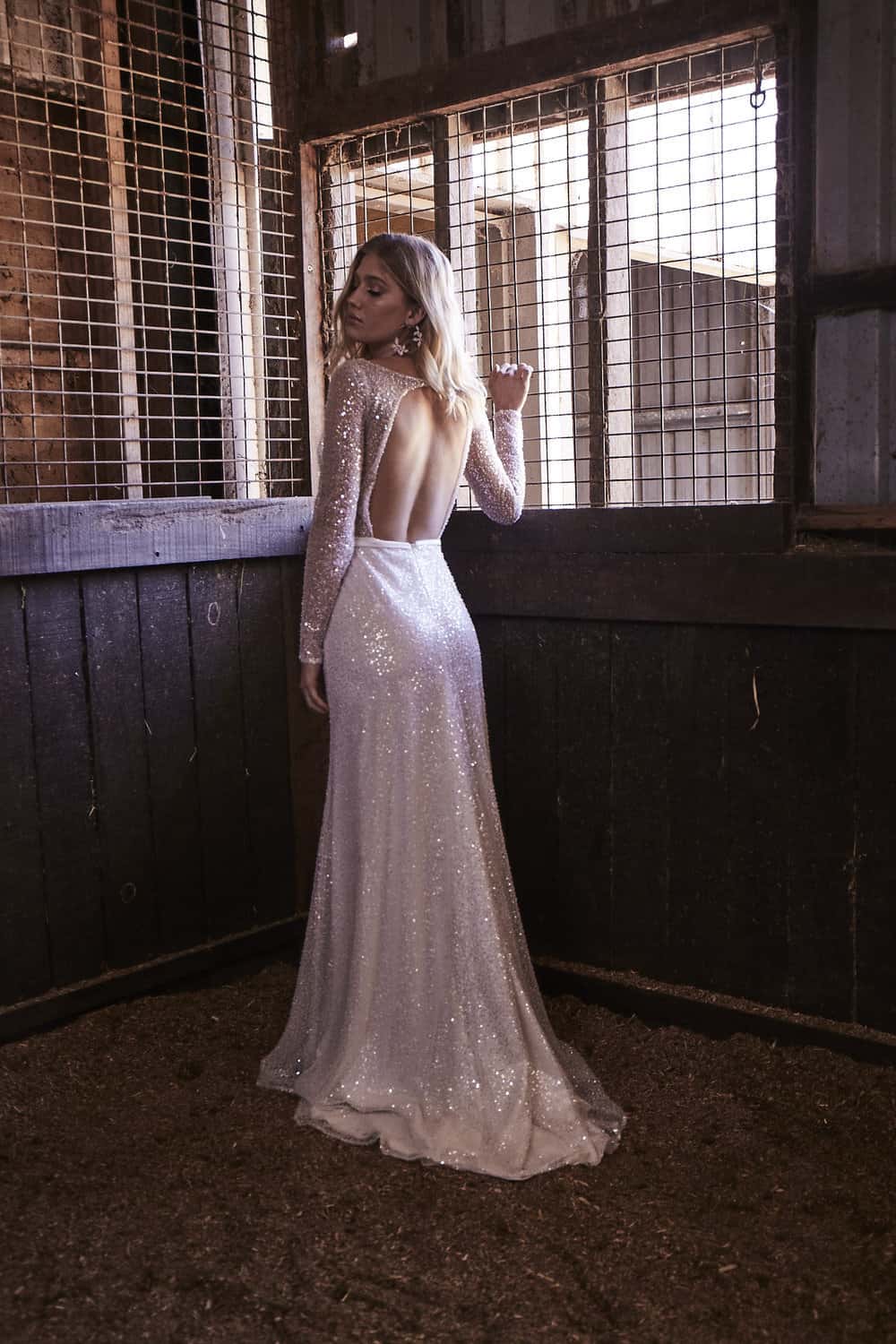
Cost of alterations
There are many ways to alter your wedding dress without spending a fortune. You can make your dress more modest or more revealing by adjusting the neckline or removing embellishments. The costs can vary depending on how delicate the dress is. You also have the option to have your bridesmaids’ dresses altered to be more conservative or show more skin.
Depending on the complexity of the alterations you want, you may have to pay between $50 and $250 for the work. Some bridal salons will charge per service, while others will charge a flat fee for all work. For example, a neckline change may cost $50, but adding lace, altering the silhouette, or changing fabric could cost several hundred dollars.
Cost of corsets
Corsets add an extra layer of support and structure to the dress. This internal structure can add anywhere from $40 to $160 to the cost of your wedding dress. A corset in your dress will allow you to adjust the back size in case you lose or gain weight. A corset can also be added to your dress during the alterations process.
Corsets come in different styles. The most popular types include American, French, and Austrian bustles. Other popular styles include train-flip and ballroom bustles.
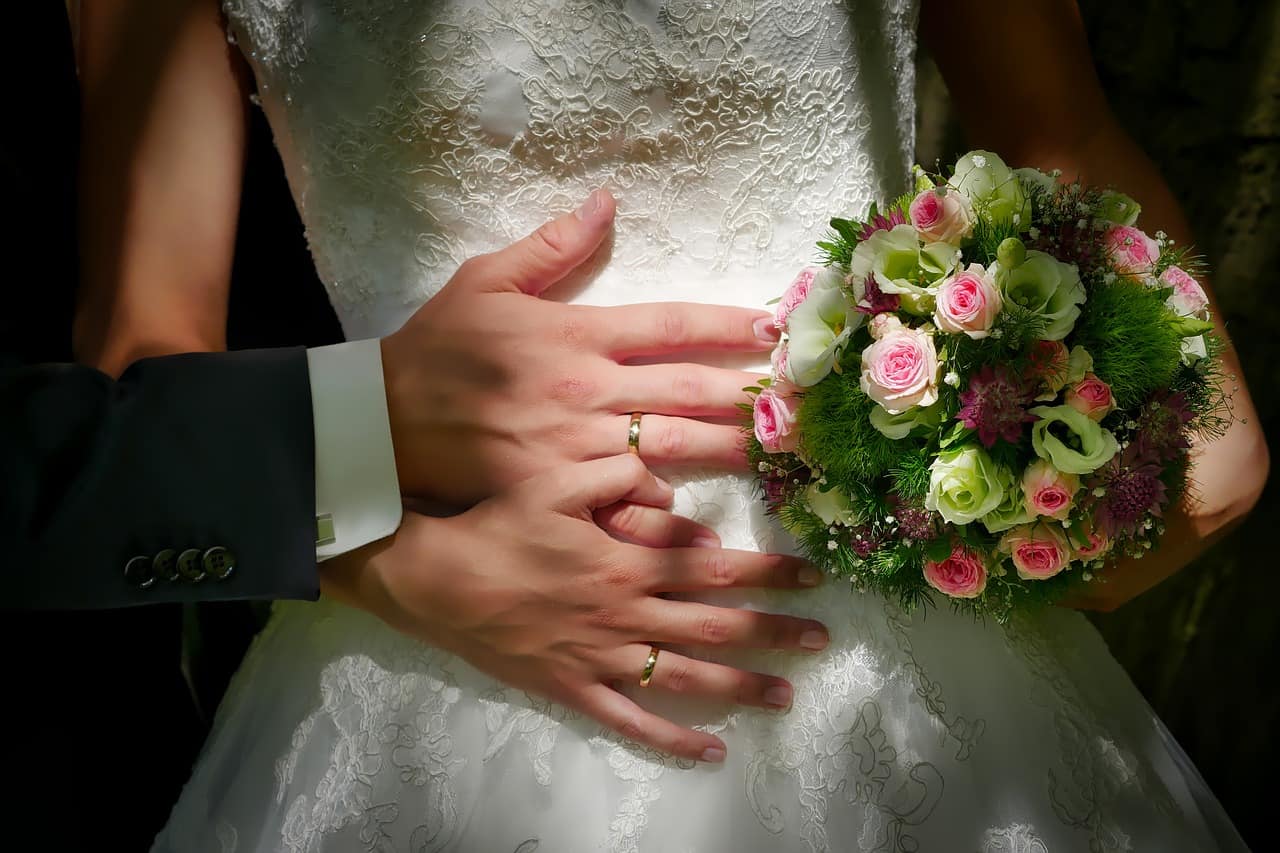
Cost of beading
Beading on a wedding dress can be expensive. It can add about $100 to the cost of the dress. Beading is usually hand-sewn onto the dress. The more beading that is on a dress, the higher the cost. It also requires more labor to complete. If you want to add beading, it is best to know the costs of beading before buying the dress.
The amount of beading on a wedding gown is usually dependent on the style of the dress. If you want to cover the bodice with beads, be careful not to get them too loose or too tight. The beading can cause the dress to shrink, and this could affect the fit. If you have a tight-fitting wedding dress, you can avoid full bodice beading and opt for crystals and sequins instead.
Cost of boning
If you’re planning to have your wedding dress boned, it’s important to understand how much it will cost. There are several options available to you, and each one will cost a different amount. The better quality gowns will have an attached slip and an inner bustier. This will save you from having to purchase a separate bra. Cheaper wedding dresses often don’t have this extra structure, so you will need to have your dress boned.
Boning is a simple procedure. The boning is placed in strategically-placed holes on the garment. It runs vertically from the neckline to the waist seam, and it may also extend past the waistline and into the hip area. This kind of boning is used to support the design elements of the garment, and the seams are secured at the ends. The cost of boning a wedding dress is typically between $40 and $80.
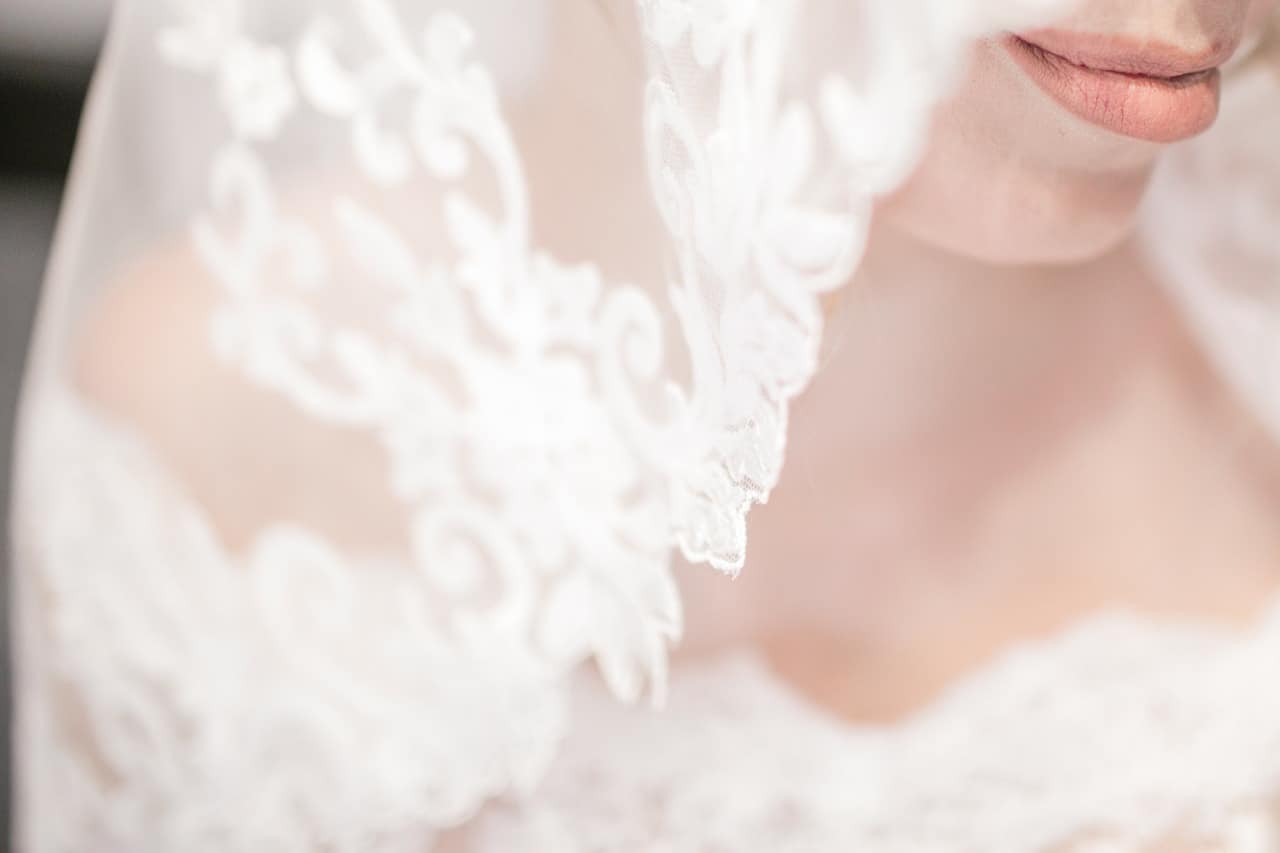
Cost of fabric
The fabric of your wedding dress can have a significant impact on its cost. The higher the quality of the fabric, the more expensive it will be. For example, pure silk will cost more than synthetic or mixed-silk fabrics. Another important factor is the designer of your dress. Designers with high-end collections tend to charge more for their gowns.
Most wedding dresses are made of several layers of fabric. There is a lining, an outer fabric canvas, and sometimes an additional fabric overlay. The number of layers will depend on the design of the dress. For instance, a dress with lace as its main canvas could be made of a heavier weave, which is more suitable for cooler months.
